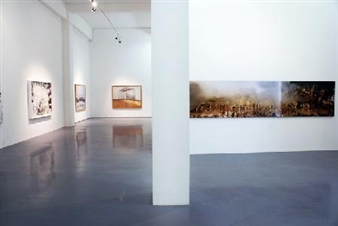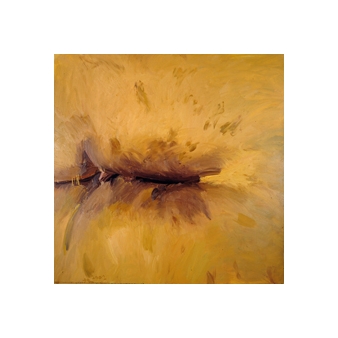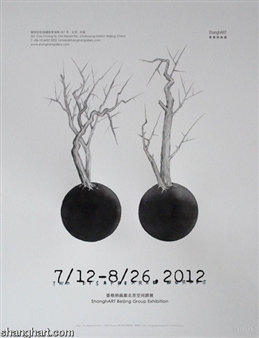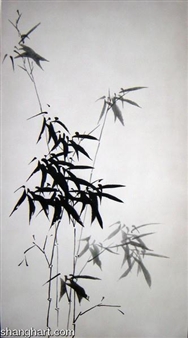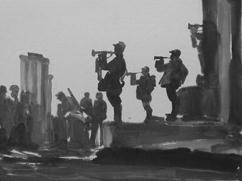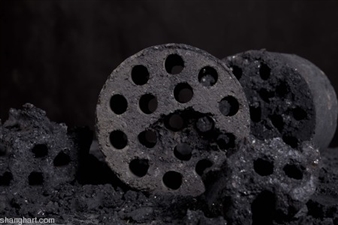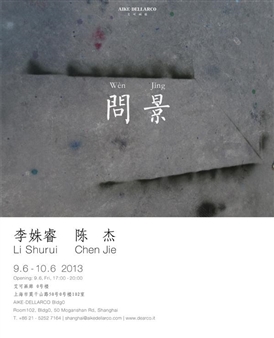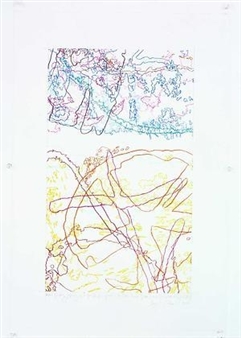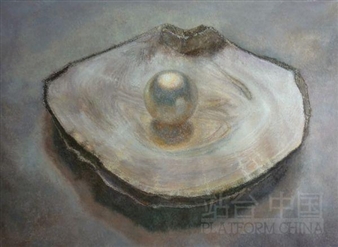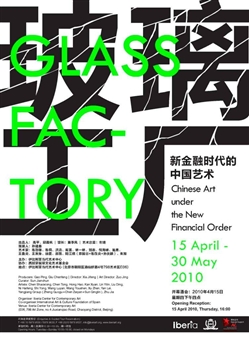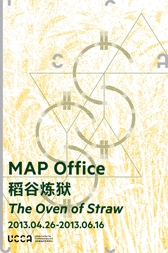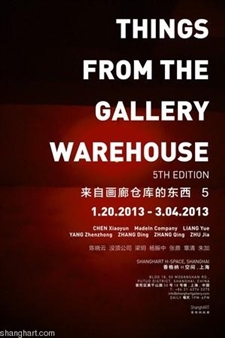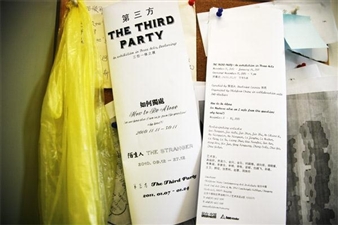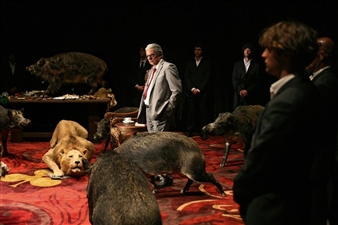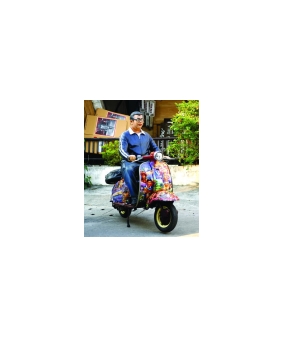Threads

Eli Klein Projects, Beijing, Beijing, 09/18/2010 - 12/18/2010
32 Baiziwan Road
EK Projects is pleased to present five major black American artists: Rashawn Griffin, Whitfield Lovell, Senga Nengudi, Shinique Smith and Saya Woolfalk. This exhibition is the first group show in China dedicated to the work of black artists. The use of “Threads” in the exhibit’s title reflects the longstanding use in the black community of the phrase “nice threads” to convey appreciation of one’s choice of clothing.
The artworks involve ‘found objects’, textiles and fiber employed in unconventional ways in a variety of media, including works on paper, sculpture and video installations. The artists share an uncommon approach in blending materials and cultures.
Rashawn Griffin’s installation of large canvases hung from the ceiling and intersecting the gallery‘s space appear as paintings, sculptures and installations at the same time. The material of his canvases, crudely hand-stitched and stained previously used pieces of fabrics, gives the viewer a sense of intimacy that is at odds with the impressive presence of their large scale. The works involve personal effects and ‘found objects’ to reveal both personal narratives and social landscapes, merging the ideas of sentiment, displacement, strangeness, and humor. Rashawn was born in Los Angeles in 1980. His work has been exhibited in museum shows around the world including the Whitney Biennial (New York), the Deutsche Guggenheim (Berlin), the Museum of Contemporary Art Detroit and the Studio Museum in Harlem (New York).
Whitfield Lovell’s portraits celebrate the history of anonymous African American individuals during a period of struggle--the period from the end of the Civil War to the beginning of the civil rights movement--and illustrate the passage of time. The artist collects old photographs from this period and uses this imagery to grant the subject identity and dignity. Indeed, the technique of portraiture (studio photographs) at that time was reserved for wealthy white Americans. His poetic evocation of the history of these people allows the spectator to relate to them. In his elaborate and delicate charcoal and oil-stick portraits, a hand, symbolizing power and protection, provides shelter for the memory and heritage of the subject. The piece from the Kin series addresses the reality of the engagement of African Americans in the US military. By choosing a title referring to ancestry, the artist draws attention to this common heritage white and black Americans share in defending the country but also to the conflict of the Civil War. The rich vintage fabric acts as a protective barrier but also elevates the subject to a higher condition and social class. Whitfield was born in the Bronx in 1959. His work has been exhibited in museum shows around the world including the Metropolitan Museum of Art (New York), the Whitney Museum of American Art (New York), the Queens Museum, the Museum of Contemporary Art Sydney, the Aldrich Contemporary Art Museum (Ridgefield) and the Bronx Museum.
Senga Nengudi gives objects a second life. She explains: “To shape shift paradigms I find different ways to use materials others consider useless or insignificant providing proof that the disregarded and disenfranchised may also have the resilience and reformative ability to find their poetic selves.” Her sculptures made of previously-worn panties, which have been twisted, pulled, and knotted in pendulous sacks or limb- shaped. The spectator is introduced into the intimacy of the wearer, showing the fragility and sensuality of the flesh itself by the connotation of the material but also by the hanging nature of the installation. Her work involves issues of time and personal change and the ephemeral nature of her work is a metaphor for the impermanence of life. Warp Trance, Senga’s first video work, also uses discarded material: the Jacquard punch cards on which the video installation is projected, were collected from several industrial weaving mills the artist visited. The cards used to control a sequence of operations allude to revolutions in both the textile industry and computer technology. The association of rhythmic sounds and images recorded in the mills and recomposed by the artist, translate the repetitive motion of the mills to evoke ritual and trance. The spectator is invited to interact with the piece, to move and dance within it to remove oneself from one’s own reality. Senga was born in Chicago In 1943. Her work has been exhibited in museum shows around the world including the Museum of Contemporary Art Los Angeles, the Musee Rath (Geneva), the P.S.1 Contemporary Art Center (New York), the Bronx Museum, and the Louisiana Museum of Modern Art (Copenhagen-Humlebaek).
Shinique Smith’s work explores the desires of humans to accumulate goods by designing bundles of previously worn, created or bought material. The artist has commented that “My work implies multiple reads and is informed by an enduring interest in how the vast expanse of ‘things’ come to shape our experiences. Consistently questioning the reason for ‘things,’ I reinterpret the connections we build our personal myths on through the objects that we hold on to and discard to expose how excess and waste are intimately related to personal meaning and market value, which resonate on a social, and spiritual scale.” Consequently, each piece is infused with the story of the individual who possessed the material. Her bale sculpture resembles a nest, a concentrated version of a home, reflecting how busy the owner is building identity through accumulation, overuse and disposal; the thickness reveals the tightness of urban life and habitat. Shinique was born in Baltimore in 1971. Her work has been exhibited in museum shows around the world including the National Portrait Gallery, Smithsonian (Washington D.C.), the Deutsche Guggenheim (Berlin), the Denver Art Museum, the New Museum of Contemporary Art (New York), the P.S.1 Contemporary Art Center (New York), the Museos y Bibliotecas (Madrid), Museum fur Modern Kunst (Frankfurt) and the Ludwig Museum for Contemporary Art (Budapest).
Through sculpture, drawings and video, Saya Woolfalk creates a fictional world which has been totally re-imagined by the artist to immerse the spectator in another place. The characters inhabiting this world are half-human and half-plant, wearing plush multi-colored costumes in a candy-colored and fruit-abundant landscape. Inspired by the tradition of the fable or folk story, she creates narratives through mapping the desires and ideas of the people involved in her work--herself and her friends and colleagues. Inspired by the concept of Utopia originated by famous humanist Thomas More, this body of work is titled No Place. Her inspiration draws on Japanese anime (she was born in Japan to a Japanese mother) and traditional African garments (her father is African-American). Through this blending of cultures, her work is imbued with the same complexities she feels about her own identity. Thus, the visual culture she creates seems both foreign and familiar. According to Saya, “[the] work considers the idea that symbolic and ideological systems can be activated and re-imagined through collaboration, imaginative play and masquerade. …From 2006-2008, I worked with anthropologist and filmmaker Rachel Lears to develop an Ethnography of No Place, a 30 minute video about fictional No Place, a future constructed for the investigation of human possibilities and impossibilities: configurations of biology, sociality, race, class, sexuality, and the environment designed as reflections on human life and its future.“ Saya was born in Gifu, Japan in 1979. Her work has been exhibited in museum shows around the United States including the Museum of Contemporary Art Chicago, the Bronx Museum, the P.S.1 Contemporary Art Center (New York), the Contemporary Arts Museum Houston and the Indianapolis Museum of Contemporary Art.

